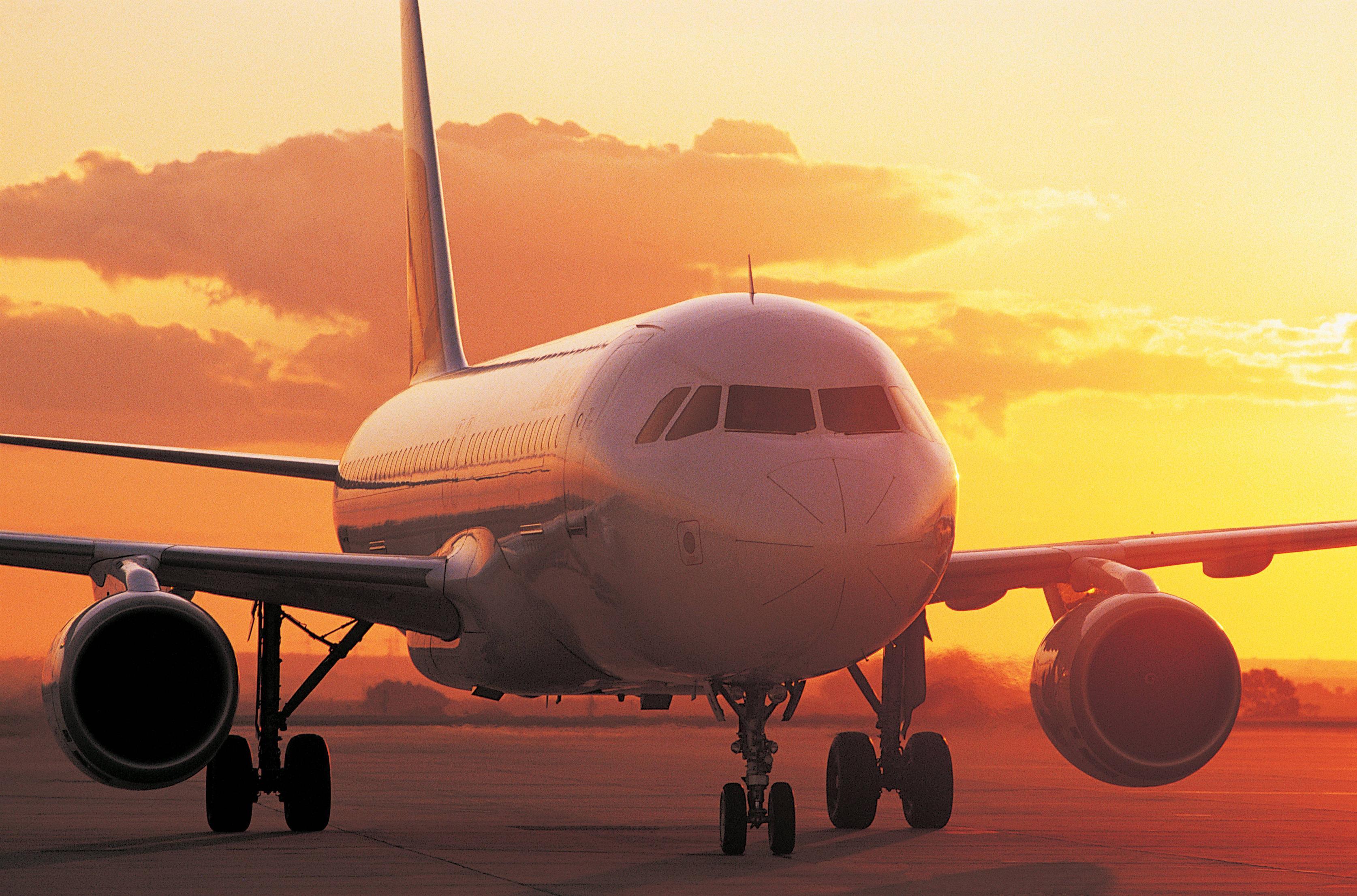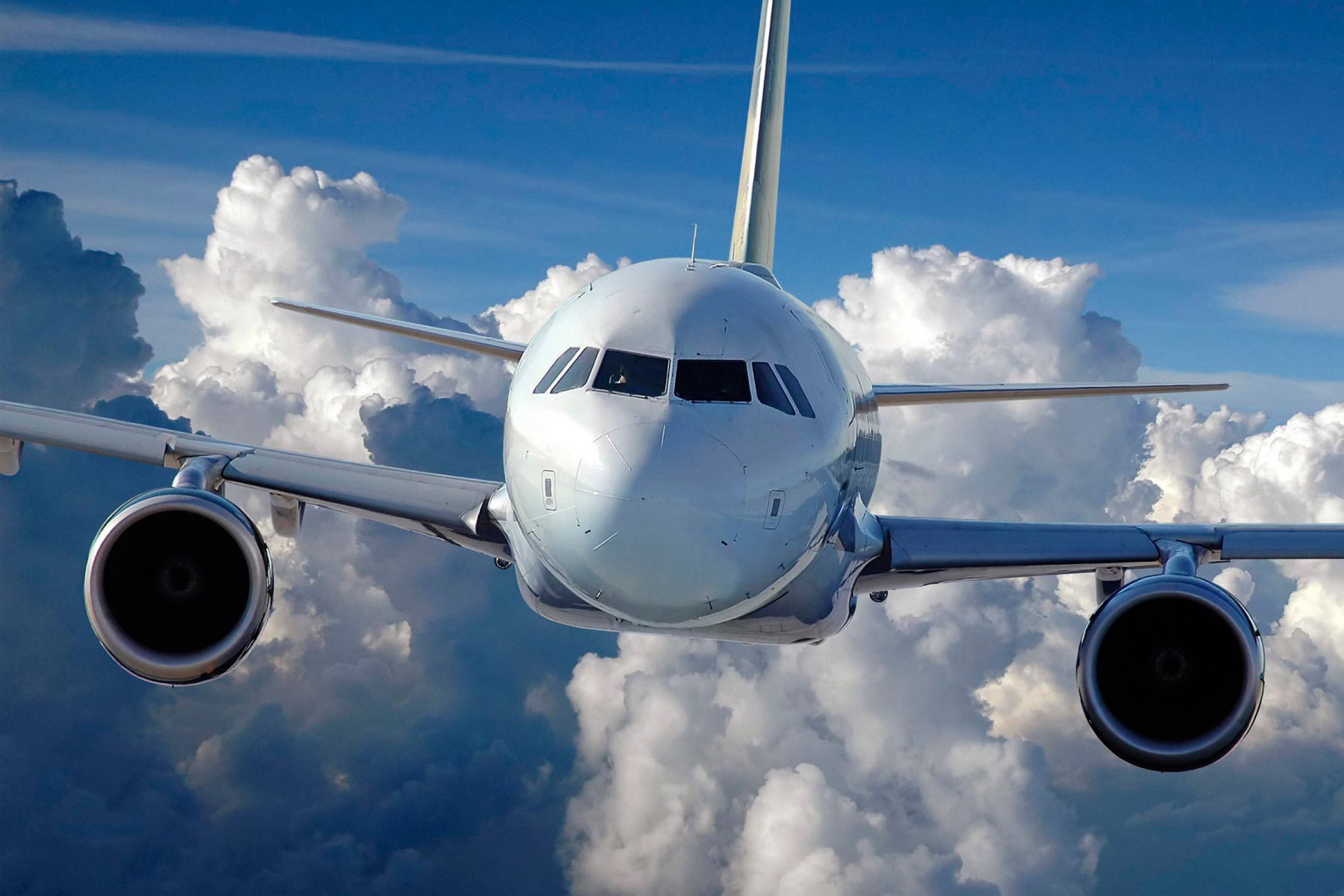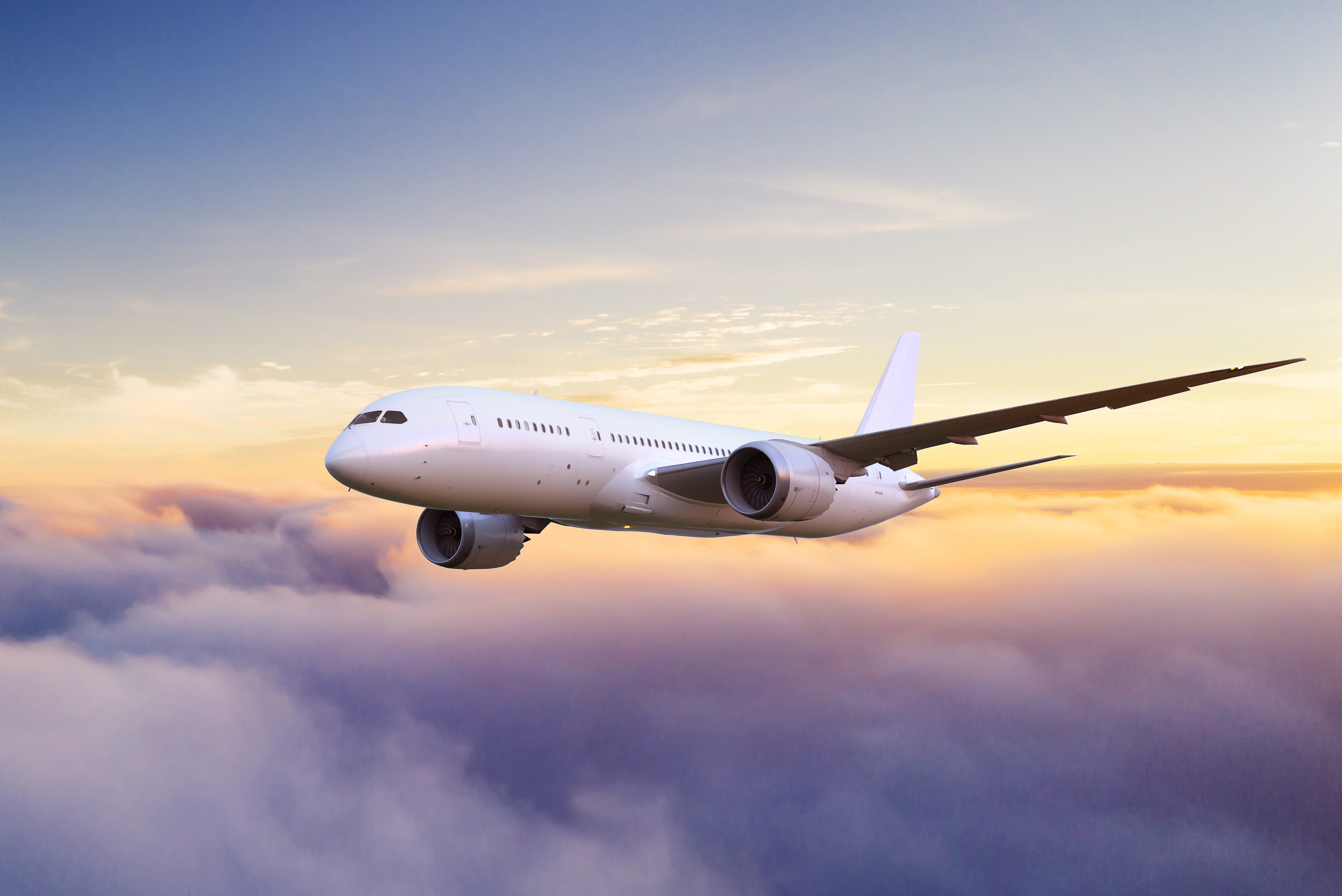Understanding Air Safety: What A Plane Crash In Georgia Could Mean For Aviation
When we hear about an aircraft incident, perhaps even a mention of a plane crash in Georgia, it’s only natural for our minds to turn to questions about safety and what exactly happens when things go wrong. It’s a very human reaction, after all, to wonder about something so powerful and complex as flight. We see planes soar high above us every single day, and it’s almost like magic how they stay up there, isn't it? Yet, the science behind it is truly amazing, a testament to human ingenuity and a whole lot of careful engineering.
Thinking about something like a plane crash in Georgia, or anywhere really, brings to mind the sheer forces involved and the incredible skill of the people who make air travel possible. It makes us pause and consider the systems in place to keep us safe, and how diligently folks work to understand every little piece of the puzzle if something unexpected occurs. There’s so much that goes into getting an aircraft off the ground and back down safely, from the folks who design the planes to the pilots who fly them, and everyone in between.
This discussion aims to shed some light on the broader context of aviation safety, drawing on some general ideas about flight and how incidents are looked into. We’ll explore the basics of how planes work, the vital role of investigations, and what it means for the wider world of air travel, should an event like a plane crash in Georgia ever come to pass. It's about understanding the big picture of how flight operates and the continuous efforts to make it as secure as can be.
Table of Contents
- Understanding the Basics of Flight
- The World of Flight Simulation and Tracking
- When Things Go Wrong: Investigating Air Incidents
- Aviation Safety Insights for Today
- Frequently Asked Questions
Understanding the Basics of Flight
To really get a grip on what might be involved in something like a plane crash in Georgia, it helps to first appreciate how these amazing machines actually fly. It’s not just about pushing a button, you know. There’s a whole lot of science, physics actually, that makes it all work. People have been dreaming of flying for a very, very long time, and it was back in 1903 that Orville made the first powered flight in a small plane called the Wright Flyer, at a place called Kitty Hawk in North Carolina. He managed to fly for 12 seconds and moved 120 feet, which was, quite frankly, a huge deal at the time.
The Power of Thrust and Lift
Think about it, without thrust, a plane has no motion, and without motion, it has no lift. Thrust is basically the heartbeat of flight, enabling wings to function and altitude to be gained. It's what pushes the plane forward through the air. This forward motion is absolutely essential because it allows the wings to do their job. The air resists the motion in the form of aerodynamic drag, but the thrust has to overcome that, which is pretty cool if you ask me.
The wings generate most of the lift to hold the plane in the air, which is a key part of how an aircraft defies gravity. To generate lift, the airplane must be pushed through the air, causing air to move faster over the curved top surface of the wing compared to the flatter bottom. This difference in air speed creates a pressure difference, with lower pressure above the wing and higher pressure below, effectively pushing the plane upward. It’s a very clever use of air movement, you know, and really makes you think about the physics of it all.
How Planes Stay Up
The essential components of an airplane are a wing system to sustain it in flight, tail surfaces to stabilize the wings, movable surfaces to control the attitude of the plane in flight, and a power source. These parts work together in a truly remarkable way. The tail surfaces, for example, help keep the plane steady and pointed in the right direction, which is pretty important when you're thousands of feet up. And those movable surfaces, like ailerons and rudders, they're what allow the pilot to steer and change the plane's position in the air, giving them fine control over the aircraft's path.
A Look at Aircraft Types
An aircraft may also be referred to as an airplane, an airliner, or just a plane. It can be powered or unpowered and come in various shapes, such as balloons, gliders, helicopters, and, of course, jets. You might even wonder if there's a big difference between a jet and a plane, and there certainly can be, especially when we talk about how they generate thrust and the speeds they can reach. Each type of aircraft is designed for a specific purpose, but they all, in some respects, rely on those fundamental principles of lift and thrust to stay airborne. It's quite fascinating, really, how many different ways people have found to get into the sky.
The World of Flight Simulation and Tracking
In our modern world, the way we interact with and understand flight has really changed, too. For instance, Geofs is a free flight simulator using global satellite images and running in your web browser or as a mobile app. Tools like this allow people to experience the feeling of flight, and even practice piloting, in a safe, virtual environment. It’s a pretty cool way to get a sense of what it’s like to control an aircraft, without actually being in one. These simulators are not just for fun; they're also used for serious training, helping pilots get a feel for different scenarios and how to react, which is very important for safety.
Then there's the world’s most popular flight tracker, which allows anyone to see planes moving across the globe in real-time. It’s pretty amazing, honestly, to be able to look up and see where a plane is headed, or where it’s coming from. This technology, along with sites where you can book Southwest flights, rental cars, and hotels, shows how integrated air travel is into our daily lives. We can find low fares to top destinations and plan our travel today with such ease, it’s almost like we take it for granted. This widespread use means that aviation safety is always a top priority, with so many people relying on it every single day.
When Things Go Wrong: Investigating Air Incidents
While air travel is incredibly safe, incidents do, on occasion, happen. When they do, like if there were to be a plane crash in Georgia, there's a very thorough process that kicks in. This is where the world of aviation news, pilot resources, and aircraft reviews from Flying Magazine—trusted by aviators since 1927—becomes so important. They help keep everyone informed about the latest developments and safety discussions. But beyond the news, there’s a dedicated team of professionals whose job it is to figure out exactly what happened.
The Role of Investigators
Plane crash investigators home in on every single detail, leaving no stone unturned. Their work is incredibly important for learning from incidents and making sure they don't happen again. They look at everything, from the smallest piece of debris to the flight recorders, which are often called "black boxes," though they are actually orange. These recorders hold vital information about the plane's performance and the crew's actions leading up to an event. It’s a truly complex puzzle they put together, piece by piece, to get a clear picture of what occurred. They are, in a way, like detectives for the sky.
Common Factors in Incidents
Tests raised questions about whether instruments in an Army Black Hawk helicopter may have led pilots to incorrect altitude readings, which can, as you might imagine, be a very serious issue. This highlights how even small malfunctions or misinterpretations of data can play a part in an incident. Investigators look at a whole range of potential factors, including mechanical issues, human factors (like pilot error or fatigue), weather conditions, air traffic control, and even things like bird strikes. It's a very comprehensive approach, because often, it's not just one thing that goes wrong, but a combination of several.
The movie "Plane," released in the United States on January 13, 2023, with Gerard Butler, Mike Colter, and Tony Goldwyn, showed a pilot finding himself caught in a war zone after he's forced to land his commercial aircraft during a storm. While a dramatic film that received generally favorable reviews from critics and grossed $74.5 million worldwide on a $25 million budget, it does, in a way, highlight the incredible challenges pilots can face and the quick thinking required in emergency situations. It gives us a glimpse into the high stakes involved in air travel and the bravery of those at the controls.
Aviation Safety Insights for Today
It is easy to take the physics of flight for granted, as well as the ways in which we exploit them to achieve flight. We often glimpse a plane in the sky with no greater understanding of the complex systems at play. But every incident, whether it's a minor malfunction or something more serious like a plane crash, serves as a powerful, albeit unfortunate, opportunity for learning and improvement. The aviation industry is constantly, truly constantly, working to enhance safety measures, incorporating lessons learned from every single event. This continuous drive for better safety is what makes air travel one of the safest forms of transportation today.
Understanding these aspects, from the fundamental principles of how a plane flies to the intricate process of investigation, helps us appreciate the incredible dedication to safety that underpins modern air travel. It also helps us to make sense of the news when we hear about events, say, like a hypothetical plane crash in Georgia. It’s all part of a bigger picture of a system that is always striving to be better and safer for everyone who steps aboard an aircraft. For more insights into air travel, you might want to Learn more about aviation on our site, and perhaps even check out this page for additional details on aircraft technology.
Frequently Asked Questions
Here are some common questions people often ask about air incidents and aviation safety:
How do experts figure out what went wrong in an air incident?
Well, investigators gather all sorts of evidence, from flight recorders to aircraft debris, and they talk to witnesses and air traffic controllers. They also review maintenance records and pilot training. It's a very detailed process, almost like putting together a giant jigsaw puzzle, to pinpoint the exact sequence of events and factors that led to the incident. They are very, very thorough, honestly.
What are some common factors that can lead to an aircraft incident?
There are several things that can play a part, you know. Sometimes it’s mechanical issues, like a problem with an engine or a system, or perhaps an instrument giving incorrect readings, as we heard about with the Black Hawk helicopter. Other times, it might involve human factors, like decisions made by the flight crew or air traffic control, or even weather conditions. Often, it's a mix of different things, which is why investigations are so complex.
How does the basic science of flight relate to aircraft safety?
The science of flight, with concepts like thrust and lift, is absolutely fundamental to safety. Understanding how these forces work, and how the plane's design interacts with them, helps engineers build safer aircraft and helps pilots fly them effectively. When something goes wrong, investigators look at how these principles were affected, perhaps by a system failure or an external force, to understand the chain of events. It’s all about the physics, really, and how we manage it for safe travel.



Detail Author:
- Name : Mr. Zackary Fahey
- Username : modesta04
- Email : monica23@hotmail.com
- Birthdate : 1977-08-23
- Address : 28191 Ernser Isle North Josianne, WY 35816-3528
- Phone : +1 (815) 863-2475
- Company : Wilderman, Gutkowski and Yundt
- Job : Rolling Machine Setter
- Bio : Ut aut qui consequatur non. Laboriosam quo enim dicta sed et et. Nemo temporibus suscipit quo commodi tempore et.
Socials
twitter:
- url : https://twitter.com/erinprohaska
- username : erinprohaska
- bio : Consequatur aut sint consequatur quia aut. Id labore sequi sed ipsum repudiandae et aut iste. Iusto nostrum eum in quos.
- followers : 2194
- following : 1796
instagram:
- url : https://instagram.com/prohaskae
- username : prohaskae
- bio : Laboriosam itaque eum maxime quia aspernatur earum voluptatibus. Omnis et voluptatem explicabo.
- followers : 6114
- following : 2597
facebook:
- url : https://facebook.com/eprohaska
- username : eprohaska
- bio : Esse voluptatum aut voluptatem omnis expedita ipsa.
- followers : 3966
- following : 2683
tiktok:
- url : https://tiktok.com/@prohaskae
- username : prohaskae
- bio : Omnis delectus distinctio quia deleniti rerum quidem vel.
- followers : 6507
- following : 2146